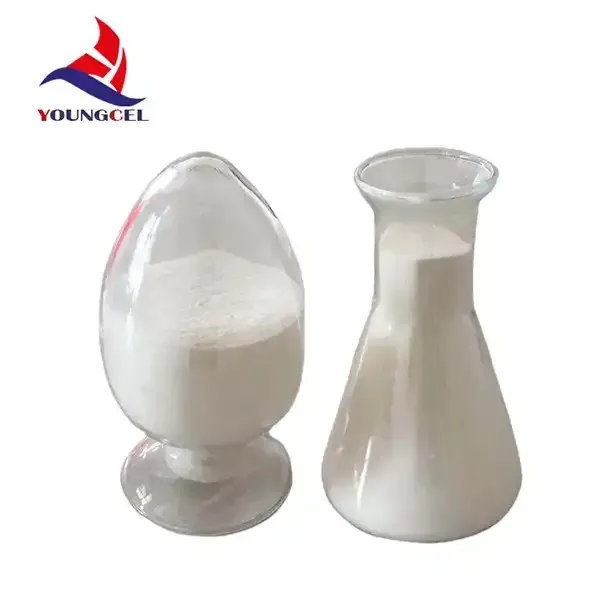The Role of RDP in Mortar Additives Enhancing Bonding Properties
In the world of construction and building materials, the search for effective additives to improve the performance of mortar has led to significant advancements. Among these innovations, the use of Redispersible Polymer Powder (RDP) has gained prominence, especially in optimizing bonding properties. This article explores how RDP, when combined with various additives, enhances the performance of mortar and the specific benefits it offers in construction applications.
Understanding RDP and Its Function
Redispersible Polymer Powder (RDP) is a dry powder that is water-soluble and can be easily mixed with cement-based systems. Once introduced to a wet mortar mix, the RDP rehydrates and forms a film. This film creates a network that not only increases the bond strength between the mortar and the substrate but also enhances flexibility and resistance to cracking. The performance of RDP can be further optimized by combining it with various additives such as bonding agents, fillers, and plasticizers.
Improved Bonding Properties
One of the primary benefits of incorporating RDP into mortar formulations is the significant improvement in bonding properties. The polymer films formed during hydration help achieve better adhesion on both porous and non-porous substrates, making RDP-enhanced mortars especially suitable for diverse applications, including tile adhesives, repair mortars, and patching compounds. By improving the bonding strength, RDP minimizes the risk of delamination and enhances the overall durability of the constructed surfaces.
Resistance to Environmental Factors
mortar additive bonding rdp vae powder

Furthermore, RDP-modified mortars exhibit superior resistance to various environmental factors. Traditional mortars may fail under severe weather conditions or due to water infiltration, leading to deterioration. The polymer component in RDP provides hydrophobic properties that help repel water, thus preventing moisture-related issues such as efflorescence and freeze-thaw damage. This is particularly beneficial in regions with extreme weather patterns, where traditional mortars may struggle.
Enhancing Workability and Application
In addition to improving bonding and durability, RDP also enhances the workability of mortar mixtures. The incorporation of RDP allows for a smoother texture, making it easier for masons to apply the mortar without compromising performance. This improved workability can lead to more efficient application processes, reducing labor costs and time on the job site. The versatility of RDP means it is adaptable to various types of mortar applications, further contributing to its popularity among construction professionals.
Versatility and Compatibility with Additives
Another advantage of RDP is its compatibility with various additives. It can be effectively used with other admixtures such as retarders, accelerators, and plasticizers to tailor the mortar’s properties to specific project requirements. This flexibility allows manufacturers to create customized solutions that meet the unique needs of each construction challenge, whether enhancing setting times or improving flowability during application.
Conclusion
The integration of Redispersible Polymer Powder in mortar additives represents a significant advancement in construction materials technology. By enhancing bonding properties, resistance to environmental factors, workability, and compatibility with other additives, RDP has become an essential ingredient in modern mortar formulations. As the construction industry continues to evolve, the demand for innovative solutions like RDP will grow, driving further research and development to optimize bonding and durability. Ultimately, these advancements not only lead to improved performance but also contribute to the long-term sustainability and resilience of the structures built with these enhanced mortars. With continued focus on such innovations, the future of construction materials looks promising, ensuring stronger and more durable buildings for generations to come.
-
Rdp Powder: Key Considerations for Wholesalers in the Building Materials IndustryNewsJul.08,2025
-
Key Considerations for Wholesalers: Navigating the World of Hpmc - Based ProductsNewsJul.08,2025
-
Hpmc Detergent: Key Considerations for WholesalersNewsJul.08,2025
-
Key Considerations for Wholesalers: China Hpmc For Tile Adhesive, Coating Additives, Concrete Additives, and MoreNewsJul.08,2025
-
Crucial Considerations for Wholesalers: Navigating the World of Construction MaterialsNewsJul.08,2025
-
Key Considerations for Wholesalers Sourcing Additive For Cement, Additive For Concrete, Additive For Putty from Additive Manufacturer Shijiazhuang Gaocheng District Yongfeng Cellulose Co., Ltd.NewsJul.08,2025




